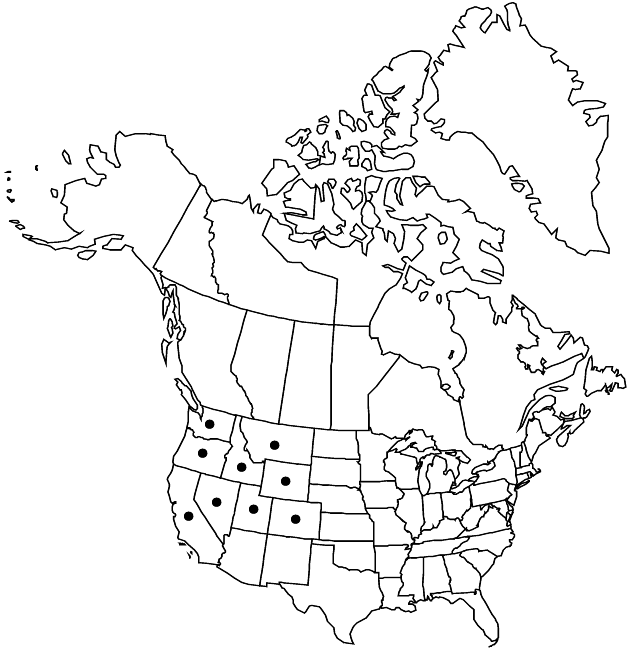Difference between revisions of "Senecio serra"
Fl. Bor.-Amer. 1: 333. 1834.
FNA>Volume Importer |
FNA>Volume Importer |
||
| Line 56: | Line 56: | ||
|publication year=1834 | |publication year=1834 | ||
|special status= | |special status= | ||
| − | |source xml=https://jpend@bitbucket.org/aafc-mbb/fna-data-curation.git/src/ | + | |source xml=https://jpend@bitbucket.org/aafc-mbb/fna-data-curation.git/src/f6b125a955440c0872999024f038d74684f65921/coarse_grained_fna_xml/V19-20-21/V20_1269.xml |
|tribe=Asteraceae tribe Senecioneae | |tribe=Asteraceae tribe Senecioneae | ||
|genus=Senecio | |genus=Senecio | ||
Revision as of 18:41, 24 September 2019
Perennials, 40–100(–250) cm (caudices ligneous, branched). Herbage glabrous or lightly floccose-tomentose proximally when young. Stems single or loosely clustered. Leaves evenly distributed (proximal often withering before flowering); petiolate or subsessile; blades lanceolate or narrowly lanceolate to sublinear, 5–15(–20+) × (1–)1.5–4 cm, bases tapered, margins dentate to subentire (distal leaves smaller, bractlike). Heads 30–90+ in corymbiform to subpaniculiform arrays. Calyculi of 2–6 linear to filiform bractlets (0.5–5 mm). Phyllaries ± 8 or ca. 13, 4–9 mm, tips usually green, sometimes black. Ray florets ± 5 or ± 8; corolla laminae 5–10 mm. Cypselae glabrous or glabrate. 2n = 40.
Distribution

w United States.
Discussion
Varieties 2 (2 in the flora).
Varieties of Senecio serra are distinguished by head size and distribution.
Selected References
None.
Key
| 1 | Heads 40–90+; phyllaries ± 8, 4–6 mm; ray florets ± 5, corolla laminae 5–7 mm; disc florets 10–20 | Senecio serra var. serra |
| 1 | Heads (12–)30–50; phyllaries ± 13, 7–9 mm; ray florets ± 8, corolla laminae 7–10 mm; disc florets 20–40+ | Senecio serra var. admirabilis |